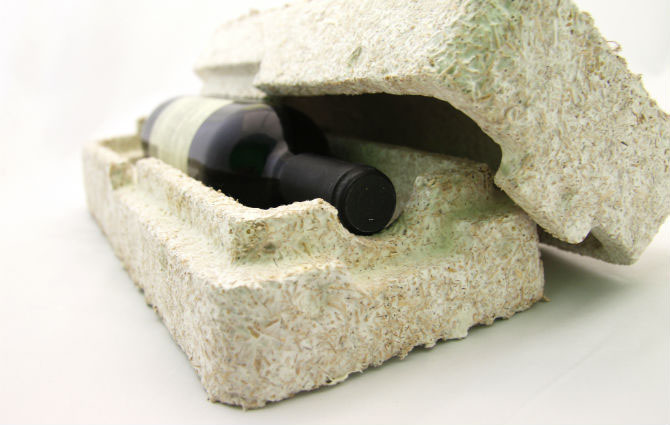As the field of environmental sustainability matures, so does its core concepts, goals and operating principals. For example, “reduce, reuse, recycle” has served as a guiding principle of sustainability work over the last several decades. While the three Rs remain an important theme, the conversation is beginning to shift. The very concept of “waste” is being called into question.
An emerging realization that waste is a wholly human construct is being echoed across the globe. In nature, there is no waste. Every organism, molecule and particle provides an environmental service during and after its life, and this concept can be emulated by humans to create a society in which there is also no waste.
This simple and yet deeply complex system of closed-loop, waste-free recycling is encapsulated in the sustainability lexicon as two main concepts: zero-waste and biomimicry.
Zero Waste, as defined by the Zero Waste International Alliance, is a goal that aims to guide people in changing their lifestyles and practices to emulate sustainable natural cycles, where all discarded materials are designed to become resources for others to use. Biomimicry, as defined by Biomimicry 3.8, is the imitation of the models, systems and elements of nature for the purpose of solving complex human problems, or more simply as sustainable innovation inspired by nature. The leader of the biomimicry movement, Janine Benyus, has given several great Ted Talks which you can view here and here.
DOING “MORE GOOD”
In both cases, we are pushed to rethink the very nature of our activities, from design and production to consumption and disposal. Interesting applications of these principles are emerging at a rapid speed. One innovation we like is Mushroom Packaging® by Ecovative Designs. Ecovative is a material science company developing a new class of home-compostable bioplastics using mushroom mycelium, a living organism, and agricultural “waste.” Mushroom Materials are high-performance, environmentally responsible alternatives to traditional plastic foam packaging, insulation, and other synthetic materials, which are environmentally damaging to produce and dispose of. Mushroom Materials are “self-assembling” (it grows itself!), a core principle of biomimicry, and at the end of their life, they can be returned to the earth to become beneficial feedstock to the next generation of life, a perfect zero-waste cycle. (Check out this video to learn more.)
Other real-life applications of biomimicry and zero-waste principles can be found across a myriad of sectors from energy and transportation to agriculture and human health. An organization called Cradle to Cradle has even created a certification program to assess the sustainability of products based on their full life cycle from design to production to eventual disposal. Similar to biomimicry and zero-waste, Cradle to Cradle believes that the things we make need to be a positive force for society, economy, and the planet—they need to be designed to be “more good” rather than simply “less bad.”
In the interim, companies like Terracycle are working to collect difficult-to-recycle packaging and products and repurpose it into affordable, innovative products. Terracycle’s creative waste solutions range from upcycled backpacks made of used chip bags to recycled plastic planters made from 100% e-waste. Upcycling and recycling not only prevent waste from going into landfills or incinerators where they have no value and harm the environment, but they significantly reduce the environmental impact of producing new materials from virgin inputs.
LET’S GET TO WORK
Here at Sustainable America we strive to advance these principles as well. Through our initiatives and investments we are working to light the imagination of the nation to see the inherent value in waste. One example of this is our work helping to capture unavoidable food waste at large events, sporting stadiums and arenas, and in large food-based businesses for processing in anaerobic digestion facilities. Beyond traditional outdoor composting methods, which are an important piece of the sustainability puzzle, enclosed anaerobic digestion facilities allow you to not only produce nutrient-rich compost but also to capture the gas created during breakdown of the waste. The captured gases can be used to provide electricity or, with a little extra processing, be converted into transportation fuel in the form of compressed natural gas (CNG). This incredible process is gaining traction across the country and will likely impact the way we handle our food waste and source our energy in a significant way.
With millions of tons of non-recyclable waste entering America’s waste stream each year, we have a long way to go. But the guiding principles and real-life applications of zero-waste, biomimicry, Cradle to Cradle design, and other zero-waste leaders like Terracycle provide an inspiring road map for us to follow. As you close your eyes tonight, imagine a world in which there truly is no waste. A world in which our everyday actions, from eating breakfast to driving to work, actually improve rather than harm the earth. It’s a beautiful vision, and one we are certainly capable of achieving.
Katrina Kazda
Director of Programs, Sustainable America

